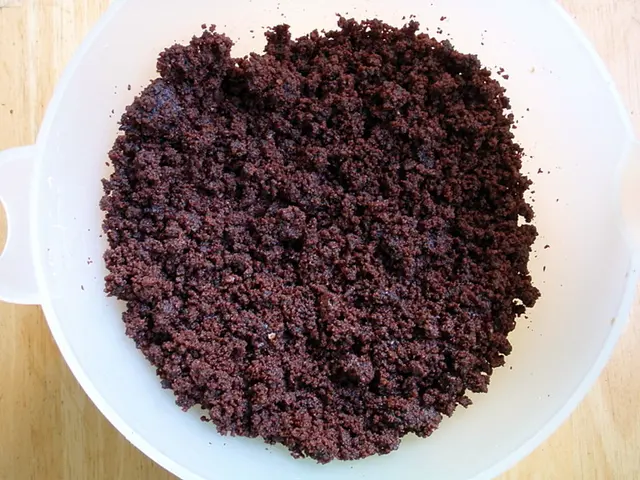Identifying between Age Spots and Skin Cancer: A Guide for Recognition
Pesky Skin Spots: Age Spots, Actinic Keratosis or Skin Cancer?
Get to know your skin's troublemakers and determine if they need medical attention!
Navigating the Skin Spot Maze
Claiming real estate on your skin as you grow older, skin spots can bewilder you with their assorted appearances. However, understanding the differences between age spots, actinic keratosis, and skin cancer can save you confusion and potential issues down the line.
Age Spots (a.k.a Solar Lentigines or Liver Spots)
Characteristics:- Look: Flat, brown, black, or gray spots with clear edges.- Skin location: Sun-exposed areas.- Sensation: Usually painless, non-itchy, and not crusty.
What Causes These Spots?Age spots bloom as a sun-defense mechanism, with your body producing excess melanin due to UV radiation exposure.
Actinic Keratosis (Pre-Cancerous Lesions)
Characteristics:- Look: Red, pink, brown, or scaly bumps that may feel rough.- Skin location: Sun-exposed areas.
Facing a Dangerous Future?While not cancerous on their own, actinic keratosis can develop into squamous cell carcinoma if left untreated.
Skin Cancer
Characteristics:- Look: Variations range from transparent, scaly, or uneven spots to unusual growths or lesions.- Skin location: Anywhere on the body, with a higher occurrence on sun-exposed areas.- Sensation: May be painful, itchy, or bleeding.
Scrutinizing the Skin's Surface
Paying close attention to skin changes and seeking medical advice promptly can help nip problems in the bud. Some warning signs include:
- Age spots: If a spot changes size, shape, or color, or resembles new spots on your skin, it's time for a check-up.
- Actinic Keratosis: New lesions, significant lesion size or texture changes, or growths that appear pearly, scaly, or rough should raise concerns.
- Skin Cancer: Noticeable irregularities like asymmetrical shapes, border irregularities, multiple colors, or unusual bleeding may point to cancerous growths.
Skin Detectives
Don't let skin troubles leave you in the dark. Stay curious about your skin, and seek professional guidance when needed. Many times, catching skin issues early enables simpler treatment methods and leads to better health outcomes!
- As a senior, be aware of other skin conditions such as melanoma, a type of skin cancer that requires immediate medical attention.
- Regular dermatology check-ups can help identify early signs of skin cancer, as well as other medical conditions, contributing to overall health-and-wellness.
- Science has shown that oncology professionals can effectively treat skin cancer, making early detection crucial for favorable outcomes, especially when it comes to melanoma.
- Skin care isn't just about skin-care products; understanding and monitoring skin-conditions like actinic keratosis, age spots, and skin cancer is crucial in maintaining your health-and-wellness.
- For seniors, being knowledgeable about the differences between common skin-conditions, such as age spots, actinic keratoses, and melanoma, can help ensure proper medical-condition management and lead to a better quality of life.








